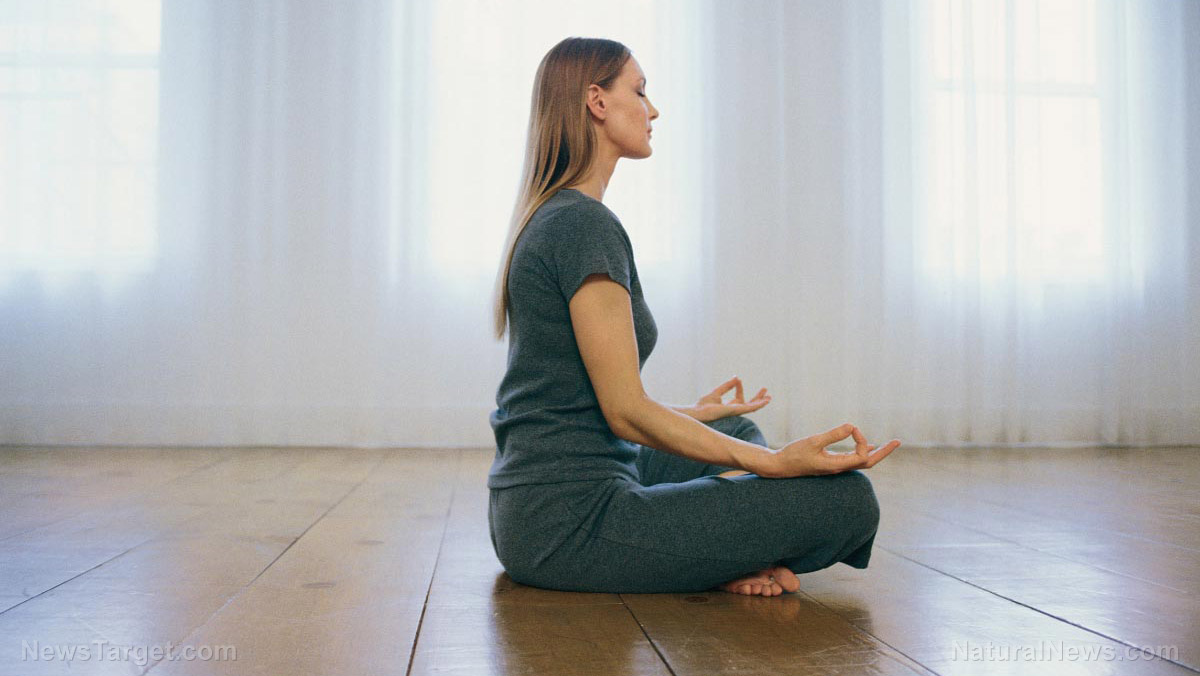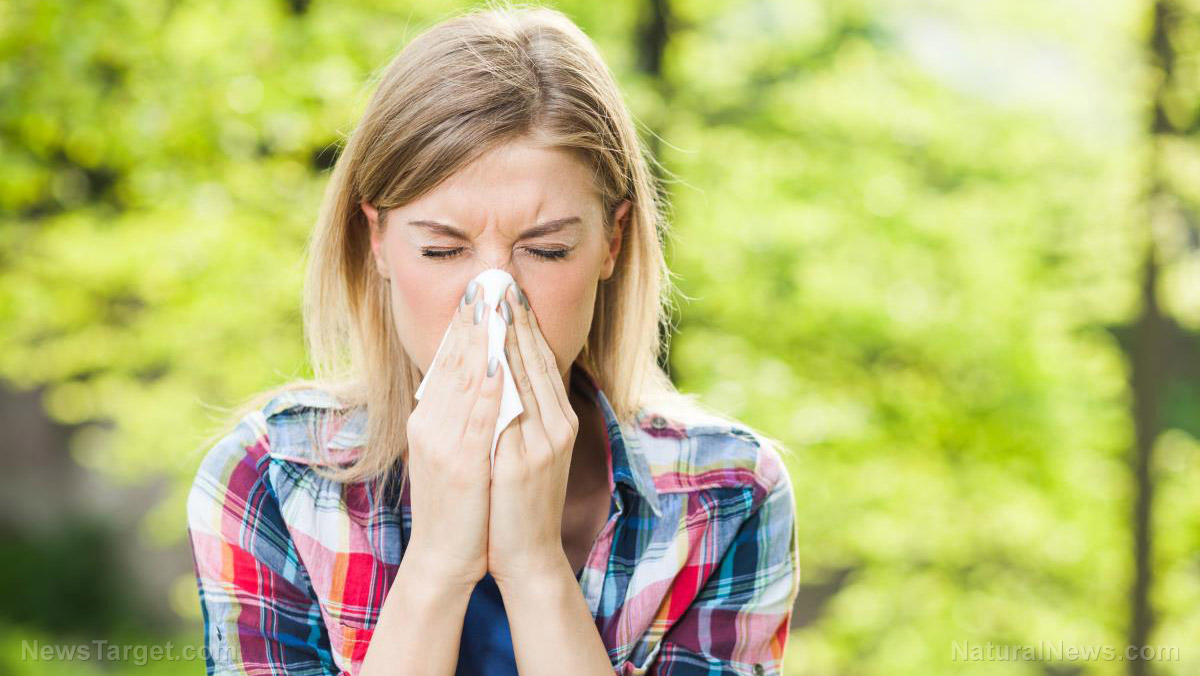
Some experts follow the "above the neck" rule when guiding patients on whether it is okay to exercise when sick. According to this rule, if the symptoms you are experiencing are above the neck, such as a stuffy or runny nose, a sore throat, or an earache, it is likely safe to exercise. However, if the symptoms are below your neck, such as body aches, fever, or moderate to severe cough, it would probably be best to skip the workout and wait until the symptoms have improved.
Regular exercise has been found to help decrease feelings of depression and anxiety. The body releases "feel good" chemicals called endorphins, which reduce the perception of pain and produces a calming effect to the body. Exercise also improves sleep and reduces stress. When you are feeling unwell, mild to moderate exercise may go a long way in helping you feel better.
However, a study by Michael Gleeson found that "prolonged bouts of strenuous exercise [can] cause a temporary depression of various aspects of [the] immune system." This means that exercise at a certain intensity can increase the risk of getting sick. It is important to keep this in mind when considering exercising while already feeling under the weather. If, for example, your regular workout involves HIIT (high intensity interval training), it is best to consider gentler workouts until your symptoms have abated. Additionally, when you are sick, the immune system releases cytokines; these are small proteins that regulate the body's response to an infection. The release of cytokines may make you feel tired, which means that working out may feel harder than usual.
Exercises you can do while sick
Below are a few examples of mild to moderate exercises that you can do while you are not feeling your best.
Light cardio. Walking just a few minutes a day has been found to have significant health benefits. If your sinuses are clogged up, walking will make you take deep breaths, which may help clear up those passages. If you find that you are well enough to jog, you may do so, but run at a slower pace than you are used to.
Yoga. A popular workout that includes breathing exercises and poses that aid in relaxation, practicing yoga while sick is a good option when your energy is not high enough for higher intensity exercises. While there are plenty of choices when it comes to practicing yoga, restorative yoga is a particularly good option for when you are feeling under the weather. Restorative yoga uses props to support your body; this allows you to relax because there is limited strain on your muscles. Poses are held for an extended period of time, giving you the benefits of a stretch while not overtaxing your body. (Related: Cut your sick days with meditation and exercise.)
Light strength training. Among strength training's many benefits is the prevention or management of chronic conditions. Using small dumbbells can help you work up a sweat without overworking your body.
While maintaining a regular workout schedule is important, you also do not want to get anyone else sick. If you are contagious, skip the gym or yoga class altogether. Exercising at home can be beneficial as well. Even walking up and down the stairs can give you the benefits of a light cardio.
What is most important, however, is to listen to your body. If you start to feel worse while working out, just stop and rest. Exercising can reduce the risks of falling ill, but if you are already unwell, take note of your symptoms, reduce the intensity of your usual workout, and adjust depending on how you feel.
Sources include:
Please contact us for more information.























